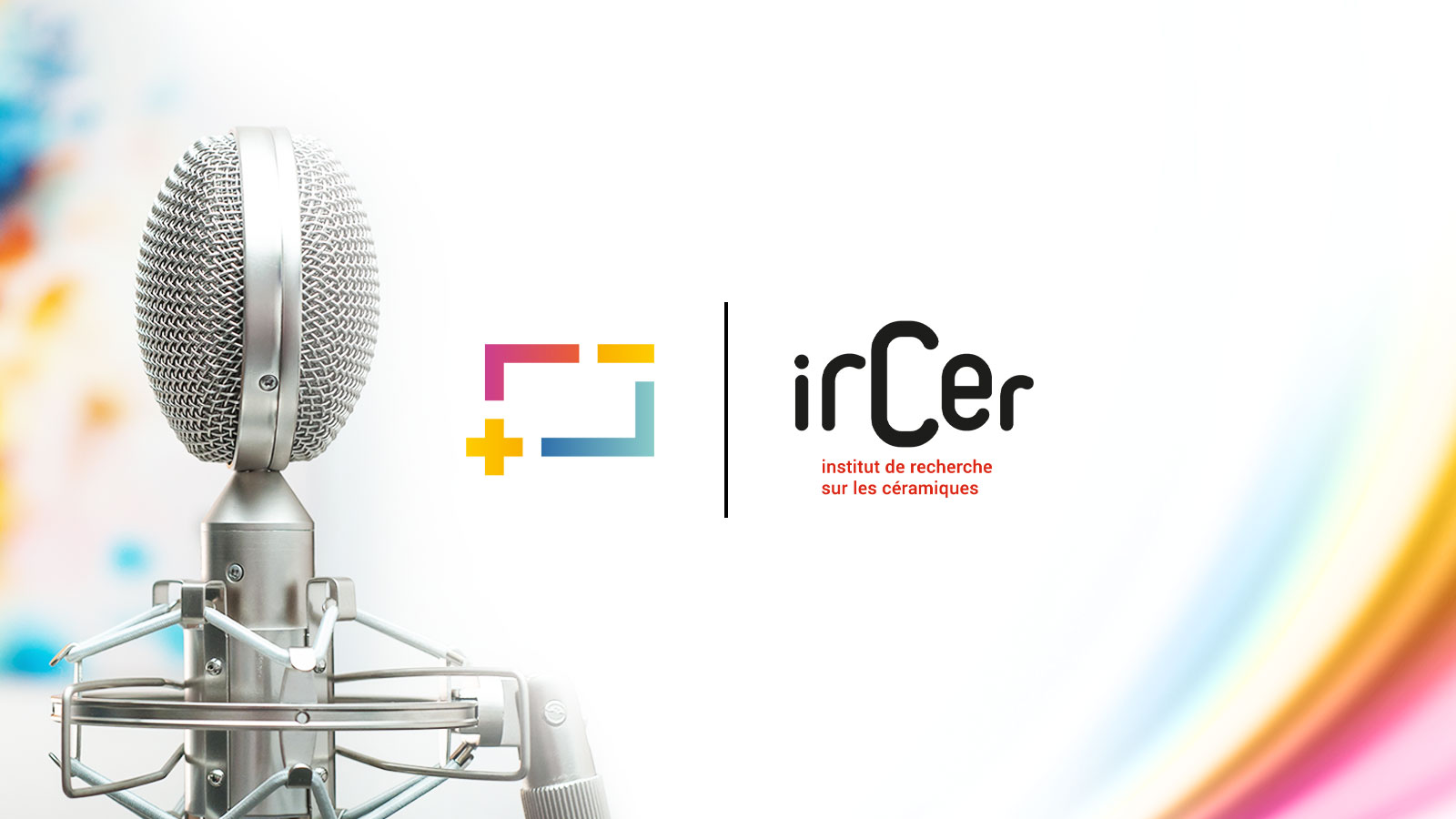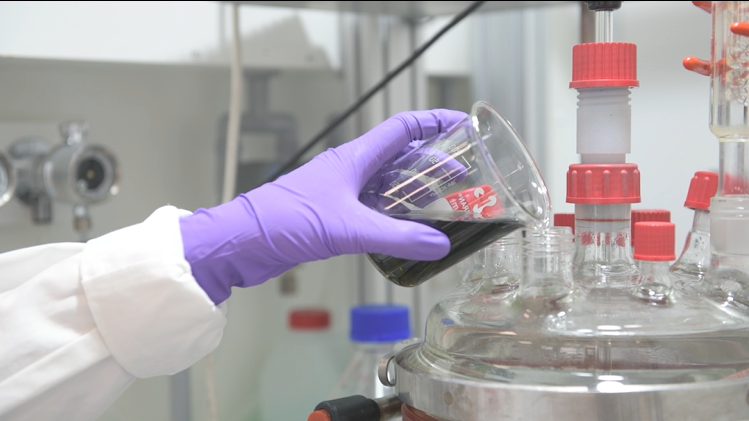Interview — 09 Nov 2021
Learn more about the work carried out for ASTRABAT by Dr Fabrice Rossignol and his team at IRCER: the development of inks and processes for inkjet printing of the various components of the ASTRABAT battery.
Dr. Fabrice Rossignol is Research Director at the French National Centre for Scientific Research (CNRS) and Deputy Director of the Institute of Research for Ceramics (IRCER) of the University of Limoges (UNILIM) in France. His expertise covers the development of innovative shaping processes for advanced ceramics, such as Additive Manufacturing for various application fields, including energy storage.
Could you tell us about the role of your team in ASTRABAT?
The role of UNILIM is to develop inks for an inkjet printing process for the different elements of the battery (anode, cathode and electrolyte). The key issue is to adapt the quite complex formulations targeted by other ASTRABAT partners to the required specifications of the printer.
Sounds like a stimulating task!
It is. In addition to covering the chemical and physical aspects, it involves analysing how the different processing steps influence the electrochemical properties.
How is IRCER helping to reach a robust printing process suitable for the ASTRABAT battery?
We provide expertise in powder granulometry, in ink stabilisation with dispersing agents, and in the adaptation of dynamic viscosity and surface tension using additive such as binders and plasticizers.
To conclude, could you tell us which aspects of your research work in ASTRABAT you think are the most innovative?
Research into ink formulation. The inks are complex multi-material systems that require specific approaches for their stabilization, viscosity control and surface tension adaptation. Another constraint is the reactivity of some of the ink components, which require the use of solvents that are not “golden” standards for inkjet printing.



